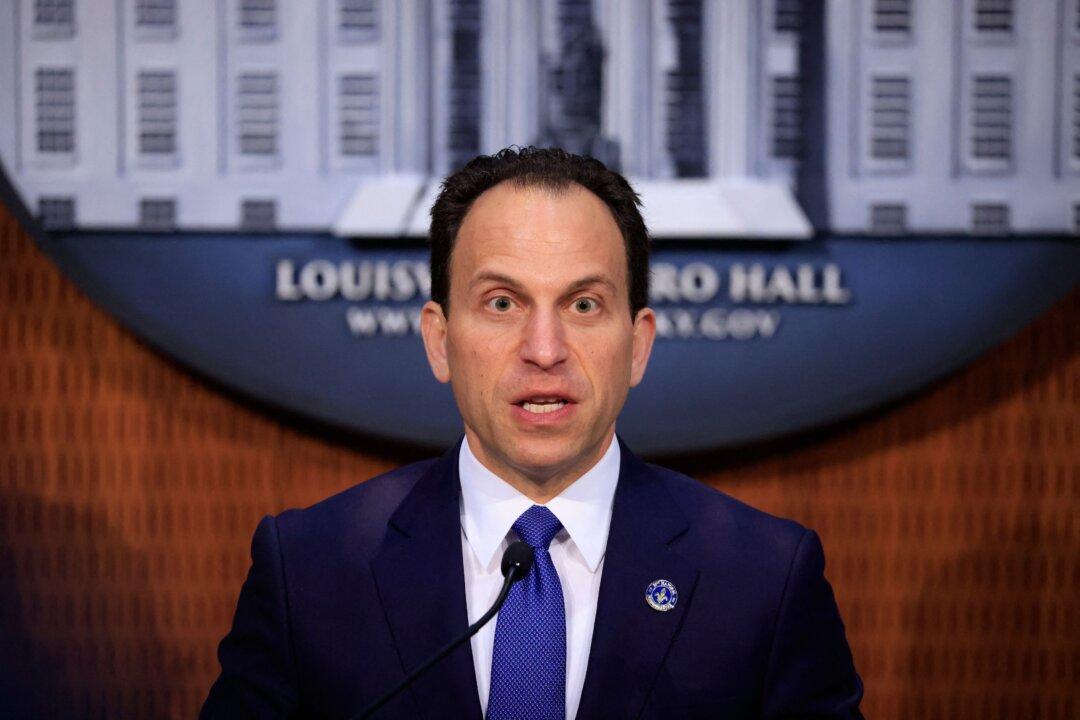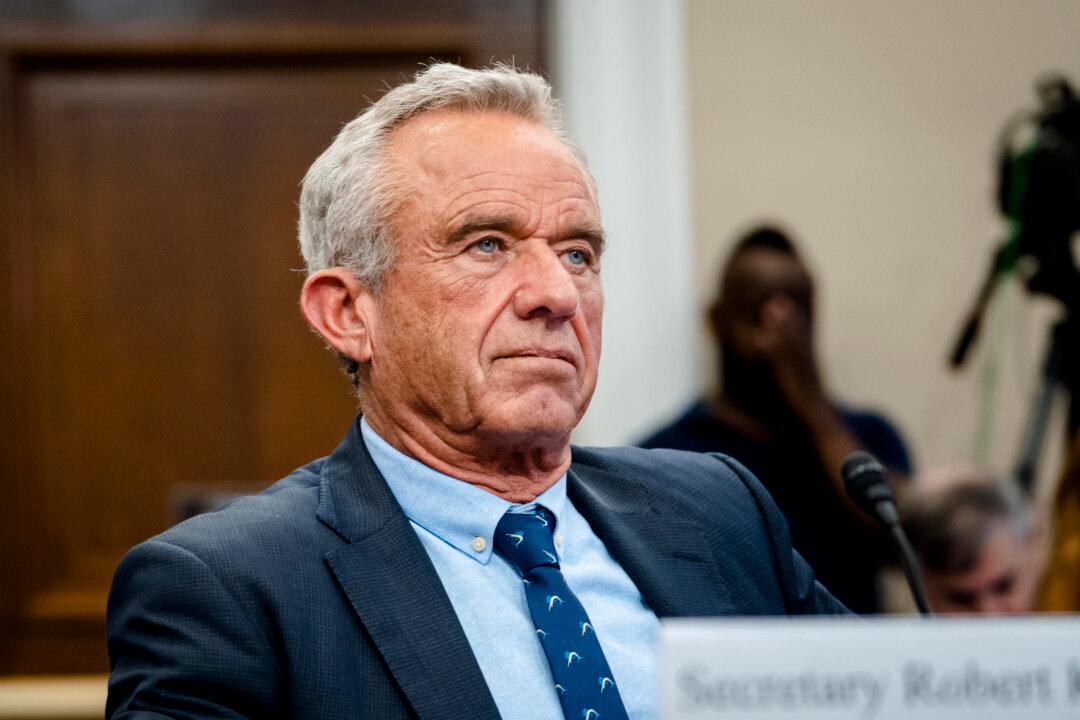Louisiana recorded 510 new COVID-19 cases overnight, a 28 percent increase, taking the state to number two in cases per capita in the United States, officials said.
The state now has 2,305 cases. Eighteen new deaths, including a 17-year-old from New Orleans, takes the death toll to 83.





